NAKS SF7-3PH Manual
| Mærke: | NAKS |
| Kategori: | Emhætte |
| Model: | SF7-3PH |
Har du brug for hjælp?
Hvis du har brug for hjælp til NAKS SF7-3PH stil et spørgsmål nedenfor, og andre brugere vil svare dig
Emhætte NAKS Manualer
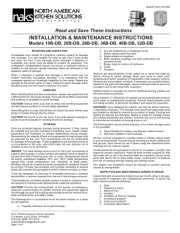
18 September 2025
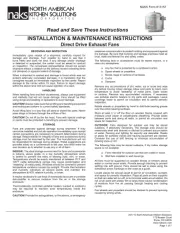
18 September 2025
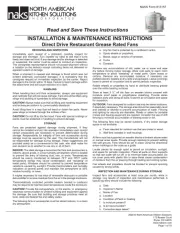
17 September 2025
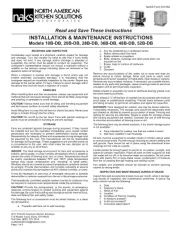
17 September 2025
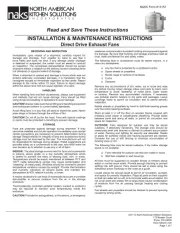
17 September 2025
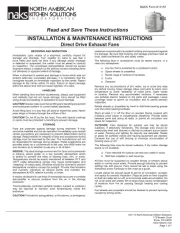
17 September 2025
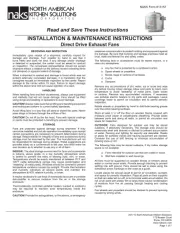
17 September 2025
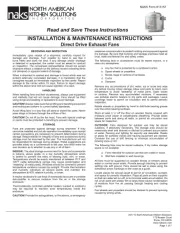
17 September 2025
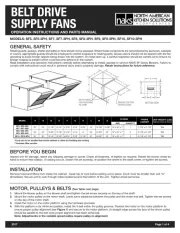
17 September 2025
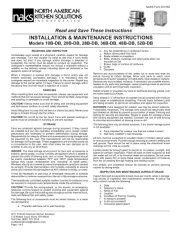
17 September 2025
Emhætte Manualer
- Kaiser
- Panasonic
- Ariston
- Gemini
- Everdure
- Viva
- Turbo Air
- Barazza
- Privileg
- Toolcraft
- Meireles
- Continental Edison
- Candy
- Kucht
- Nordmende
Nyeste Emhætte Manualer

11 December 2025

11 December 2025

11 December 2025

11 December 2025

11 December 2025

11 December 2025

11 December 2025

11 December 2025

11 December 2025

11 December 2025
